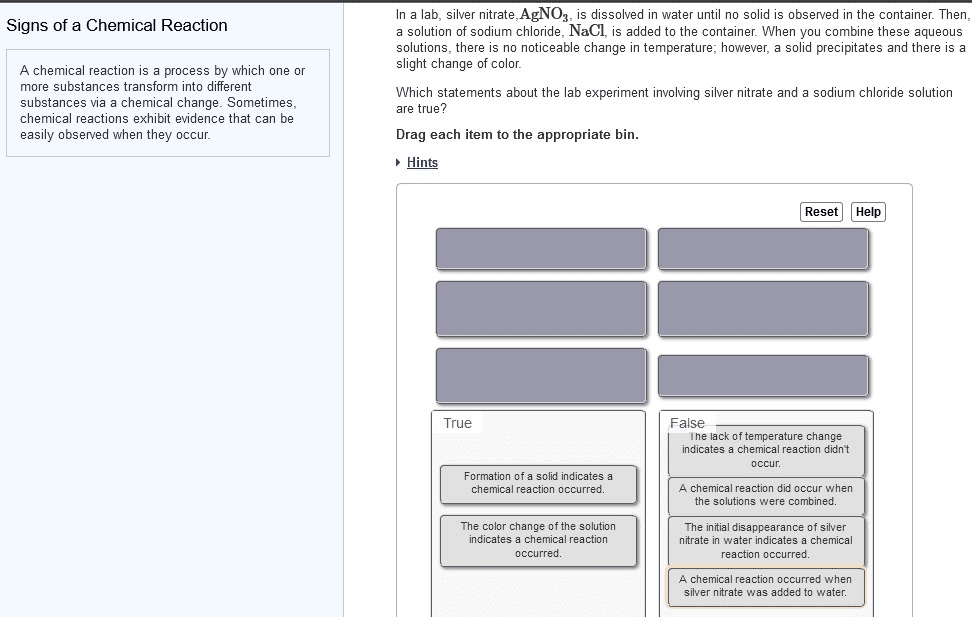CHEM 1070 Chapter Notes - Chapter 7: Ionic Compound, Chemical Equation, Electrolyte
Document Summary
Chemical reaction: the transformation of one or more substances into different substances. Combustion reactions: reactions where a substance reacts with oxygen, emitting heat and forming one or more oxygen containing compounds. Oxidation-reduction reactions: reactions in which electrons are transferred from one substance to another. Signs of a chemical reaction: color changes, formation of solid or gas, heat absorption/emission, light emission. Balanced equation: a chemical equation in which the numbers of each type of atom on both sides of the equation are equal. To balance an equation only change the coefficients, never change the subscripts because that changes the kinds of molecules, not the number. Aqueous solution: a homogeneous mixture of a substance with water. Strong electrolyte solutions: a solution containing a solute that dissociates into ions; therefore, a solution that conducts electricity well. Precipitation reaction: a reaction that forms a solid or precipitate when two aqueous solutions are mixed.



